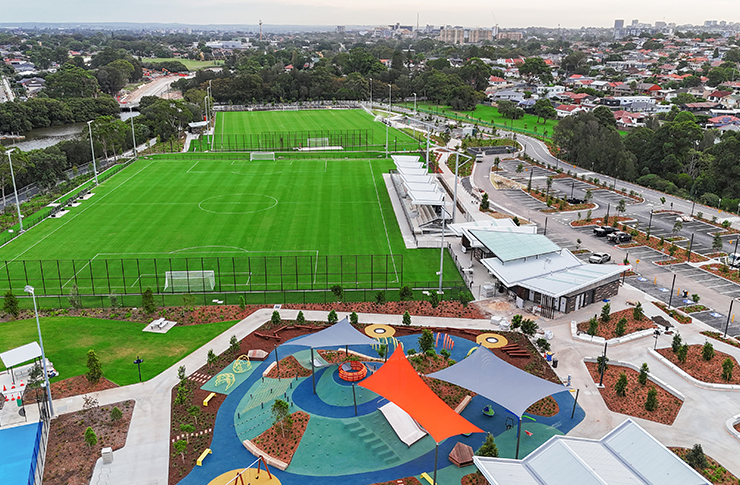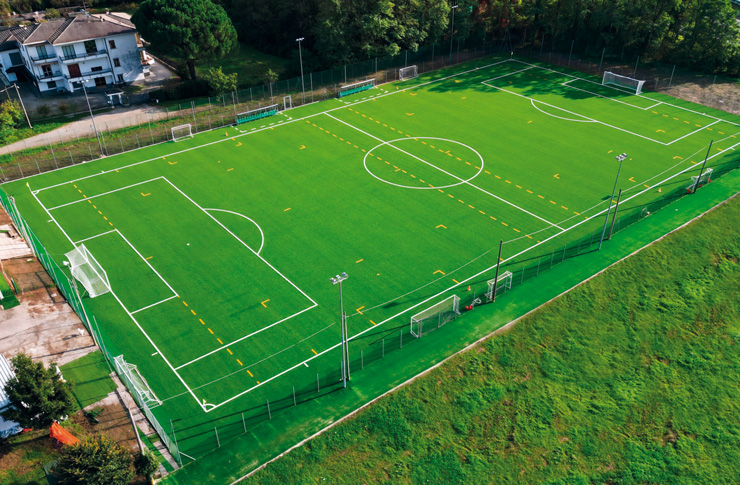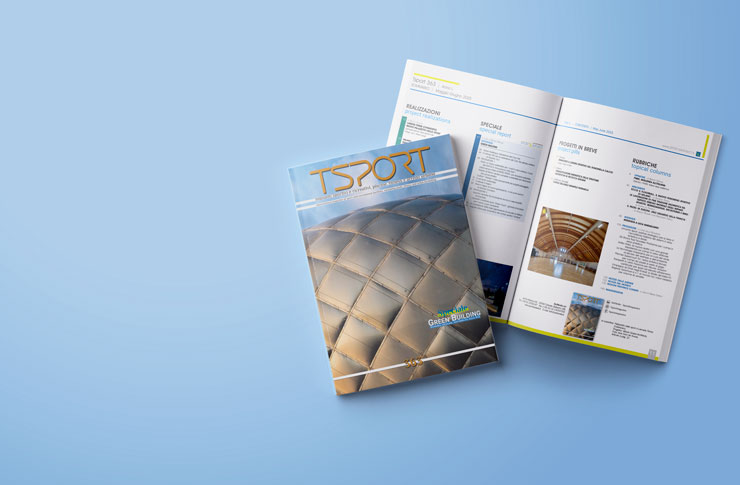The track that will host the Wanda Diamond League finals will be upgraded to the latest technology and completely renewed in 2021 with the high-tech Conipur Vmax material from the Swiss company Conica AG.
Letzigrund Stadium in Zurich in the fast lane
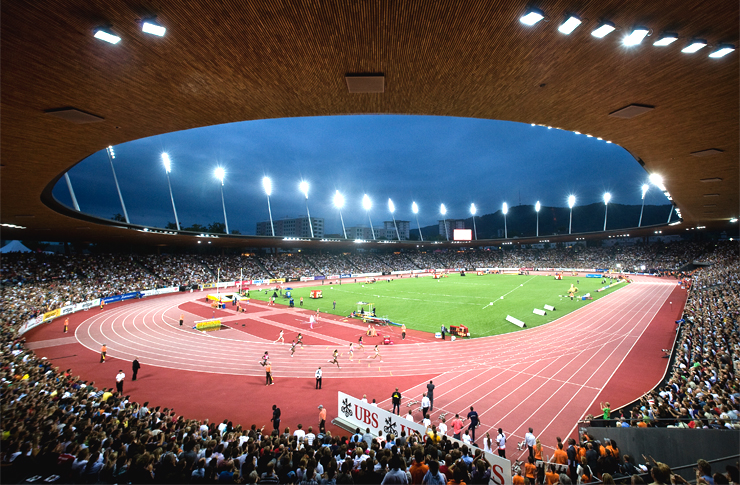
The Letzigrund Stadium in Zurich is used by the football clubs FC Zurich and GC Zurich as well as by the Athletics Club Zurich. An annual highlight is the “Weltklasse Z├╝rich” athletics meeting, where the world’s best track and field athletes compete. With a view to hosting the Wanda Diamond League finals, the track will be upgraded to the latest technology and completely renewed in 2021 with the high-tech Conipur Vmax material from the Swiss company Conica AG. In 2020, Joshua Cheptegei from Uganda broke the 16-year-old world record over 5,000 metres on this material at the Stade Louis II in Monaco.
Modern athletics is enormously dynamic. It demands the utmost from athletes in terms of training programmes, nutrition and behaviour. The same applies to the materials used, be it sports equipment or the surfaces on which the sport is played. In order to meet these high demands, the decision was made to use Conica track technology at the Letzigrund stadium in 2021, just as in 2006 and 2014 (retop).
The stadium, built in 1925, was dismantled in 2006 to make way for a new building, which was inaugurated in summer 2007. Even then, Conica had installed the athletics running tracks. Now, after 14 years, including one retop, the running surfaces are due for renewal. This is because the major event “Weltklasse Z├╝rich” is scheduled for 9-10 September 2021, at which track and field athletes from all over the world will compete. So far, 25 world records have been set at this event. The total area is 7,600 m2, of which 6,300 m2 are running tracks and 1,300 m2 are service areas. The competition areas will be coloured in brick red and the service areas in oxide red.
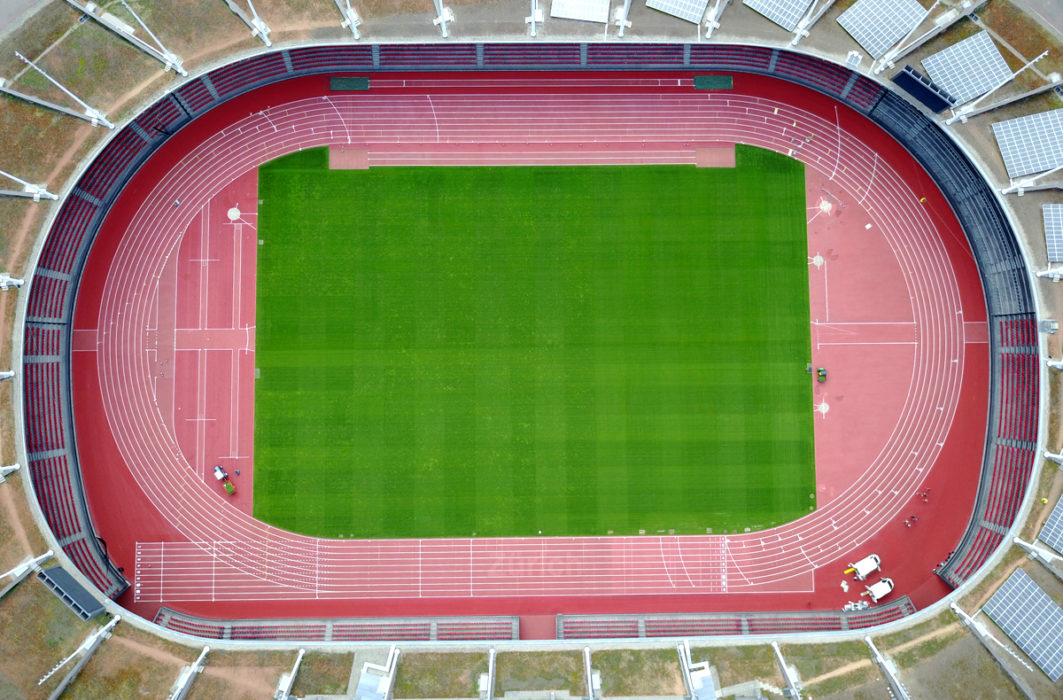
Vmax provides more speed
The Vmax track supports sprinters in their movement. It is important for the athlete’s running sensation and performance that the track is not too soft or too hard. Too soft would absorb too much energy; too hard, on the other hand, does not develop enough catapult effect and leads more easily to injuries. The prerequisite for optimum hardness is the two-layer construction of the track with top and base layers. These are not laid, but cast.
The top layer has a viscoplastic (stiff) surface. This ensures that the athlete’s energy is directed in the right direction. Underneath is the base layer. Its function is to have a force-stabilising effect. It hardly absorbs any energy, but returns it directly to the athlete with the help of compression. This results in a fast and defined forward movement. This leads to lower energy consumption in the start & sprint phase and enables the sprinter to achieve maximum running performance all the way to the finish.Conica believes that thanks to Vmax, the speed of sprinters can be increased by up to ten percent. This has been shown in studies conducted in cooperation with the Cologne Sports University.
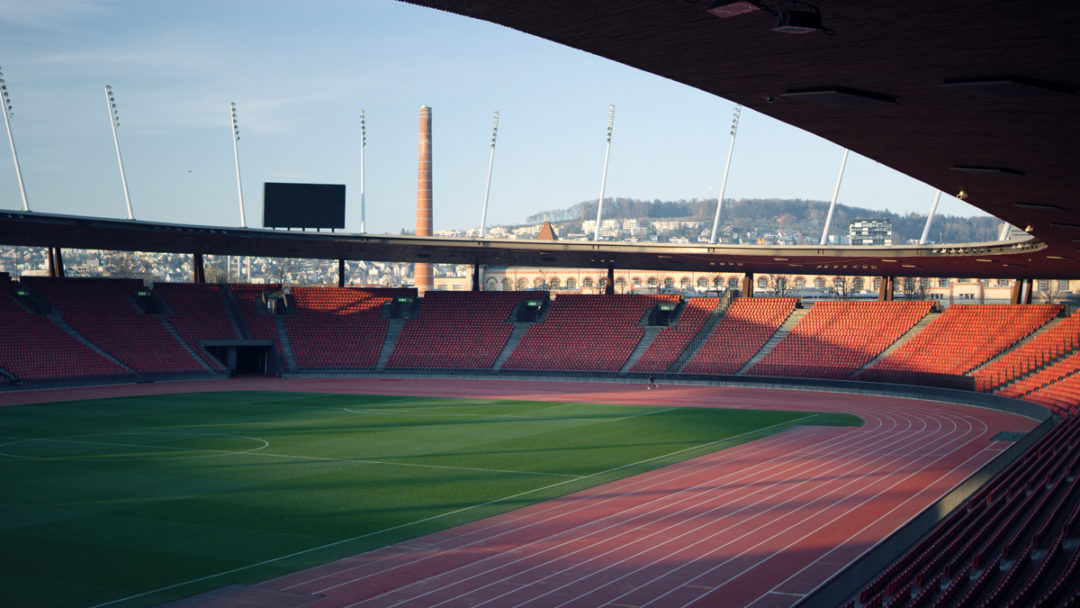
Another advantage of the Vmax running track is its stability with low deformation. This protects the musculoskeletal system and enables the athletes to run in a stable manner – an important factor in competition in close proximity to the competitors, for example, to help avoid stumbles or falls on contact.
It should be added that Conica has chosen a differentiated system design that distinguishes between the acceleration phase at the start and the holding phase at the sprint. This probably achieves the currently fastest possible setting of a running track system on the short distance (100 m).
Vmax has undergone all the necessary technical testing and certification: IAAF certification, EN 14877, DIN 18035, ASTM 2157 as well as biomechanical tests at the Cologne Sports University (certification reference project Class I, II).

Conica, innovation driver for over 40 years
Conica has been one of the market leaders and innovation drivers in its segment for over 40 years. The company develops and produces jointless floor coverings based on polyurethane and epoxy resins for sports, games, leisure and other areas. The materials are designed for technical and sport functional performance as well as usability while guaranteeing health aspects. The athlete is at the centre of research and development and is involved in it. Every year, the company installs around 200 running tracks worldwide.






